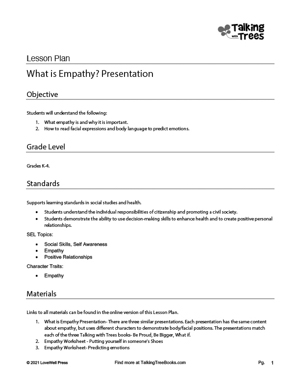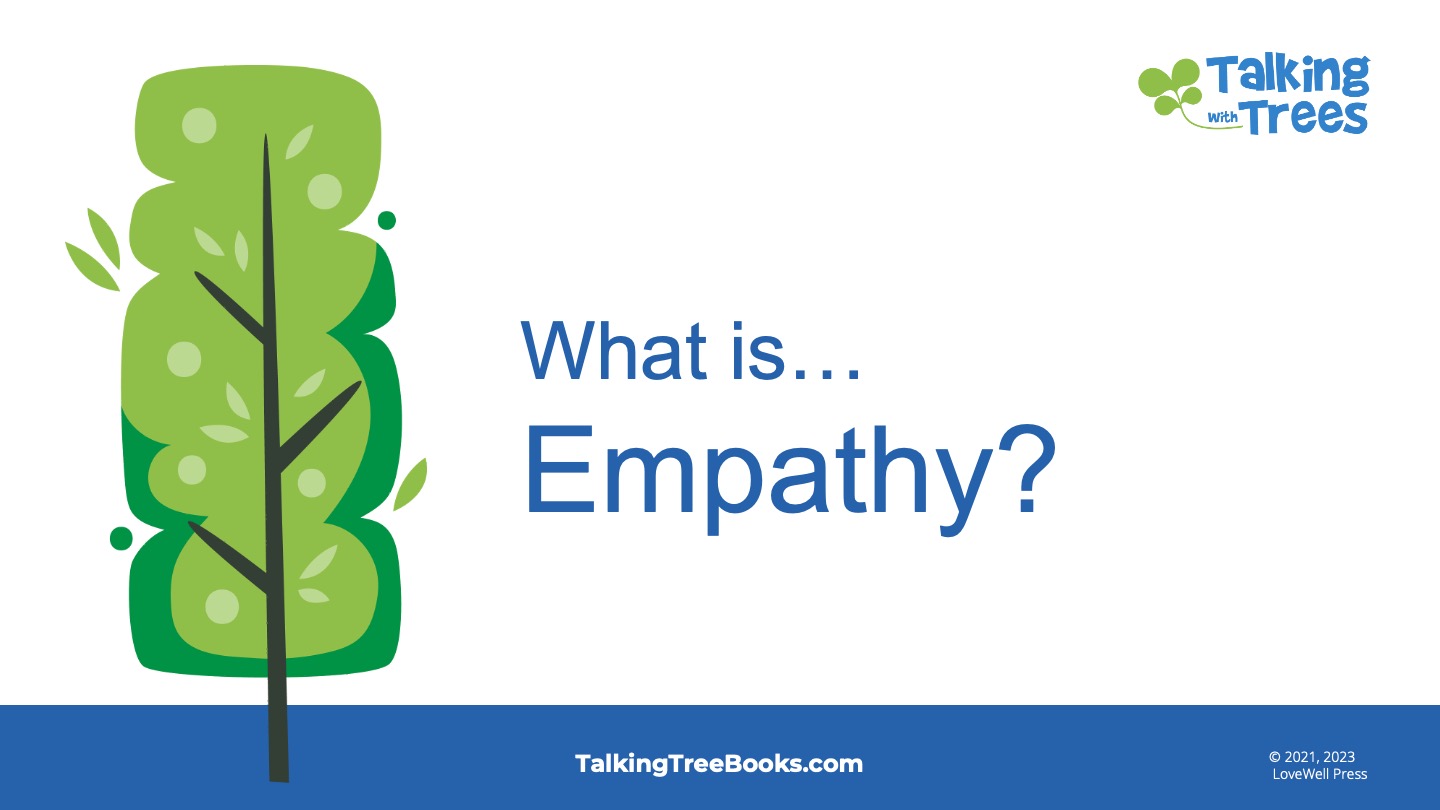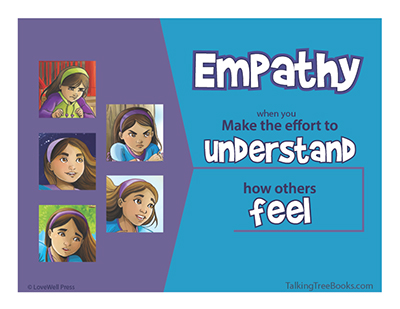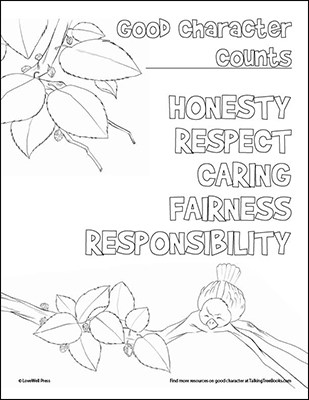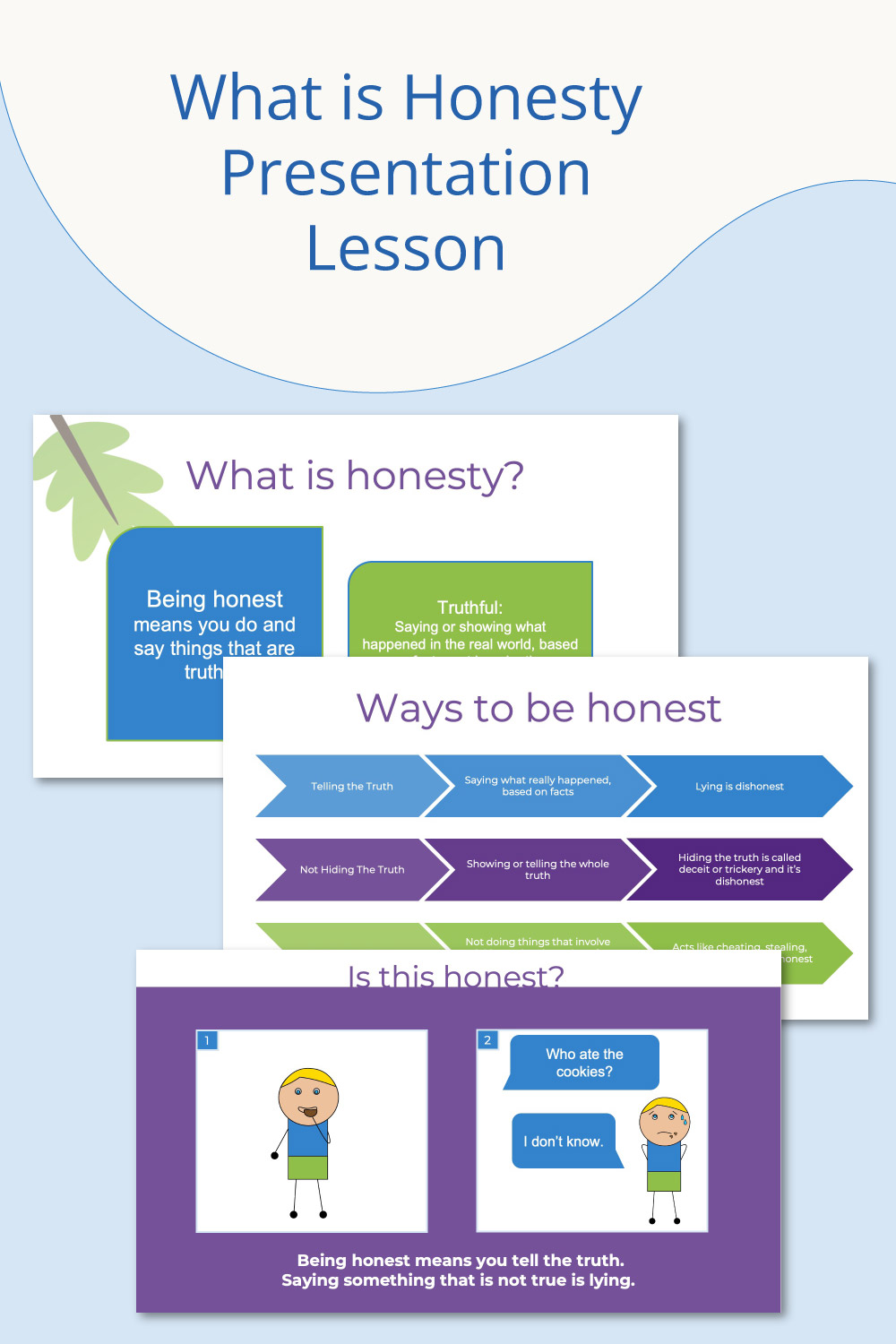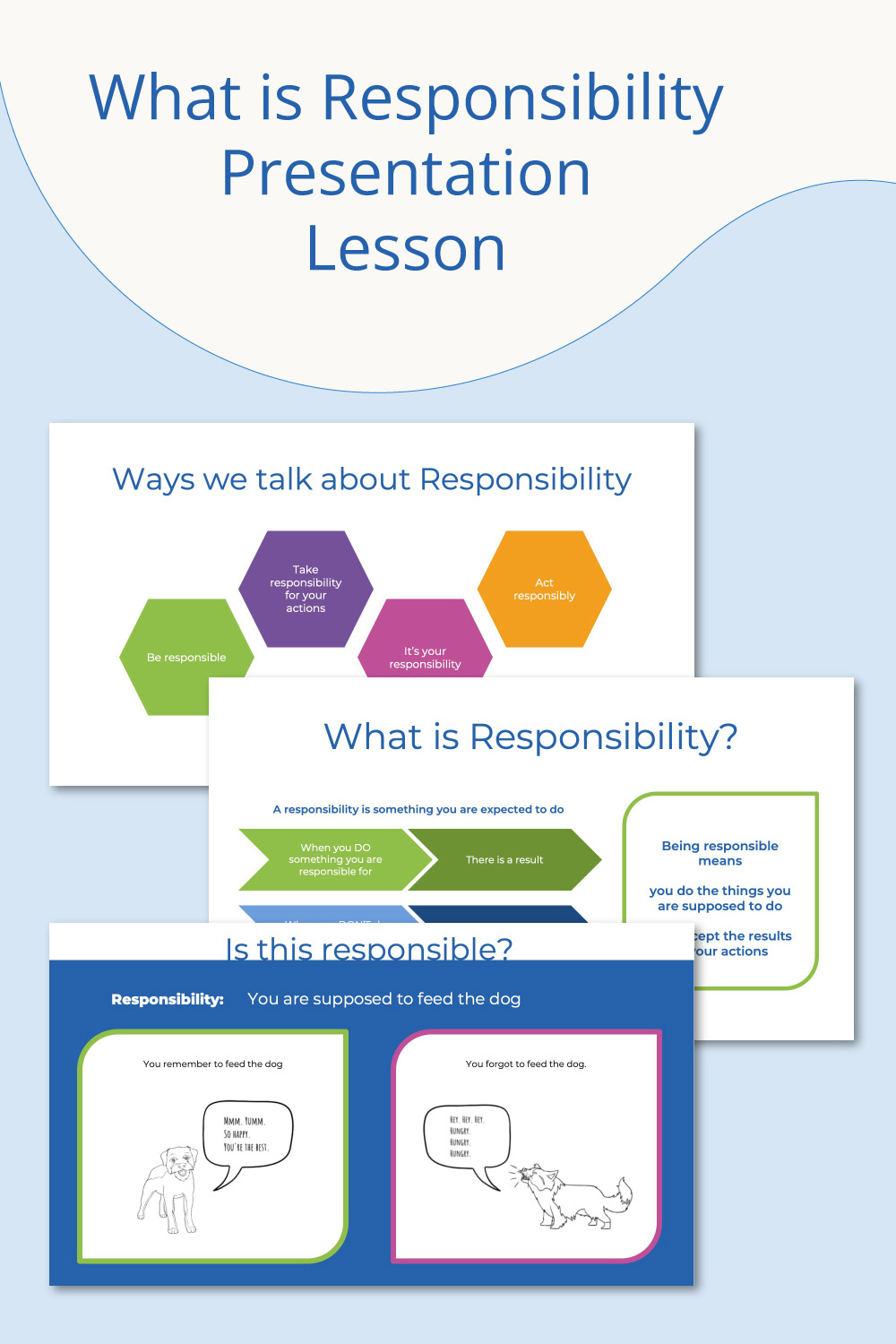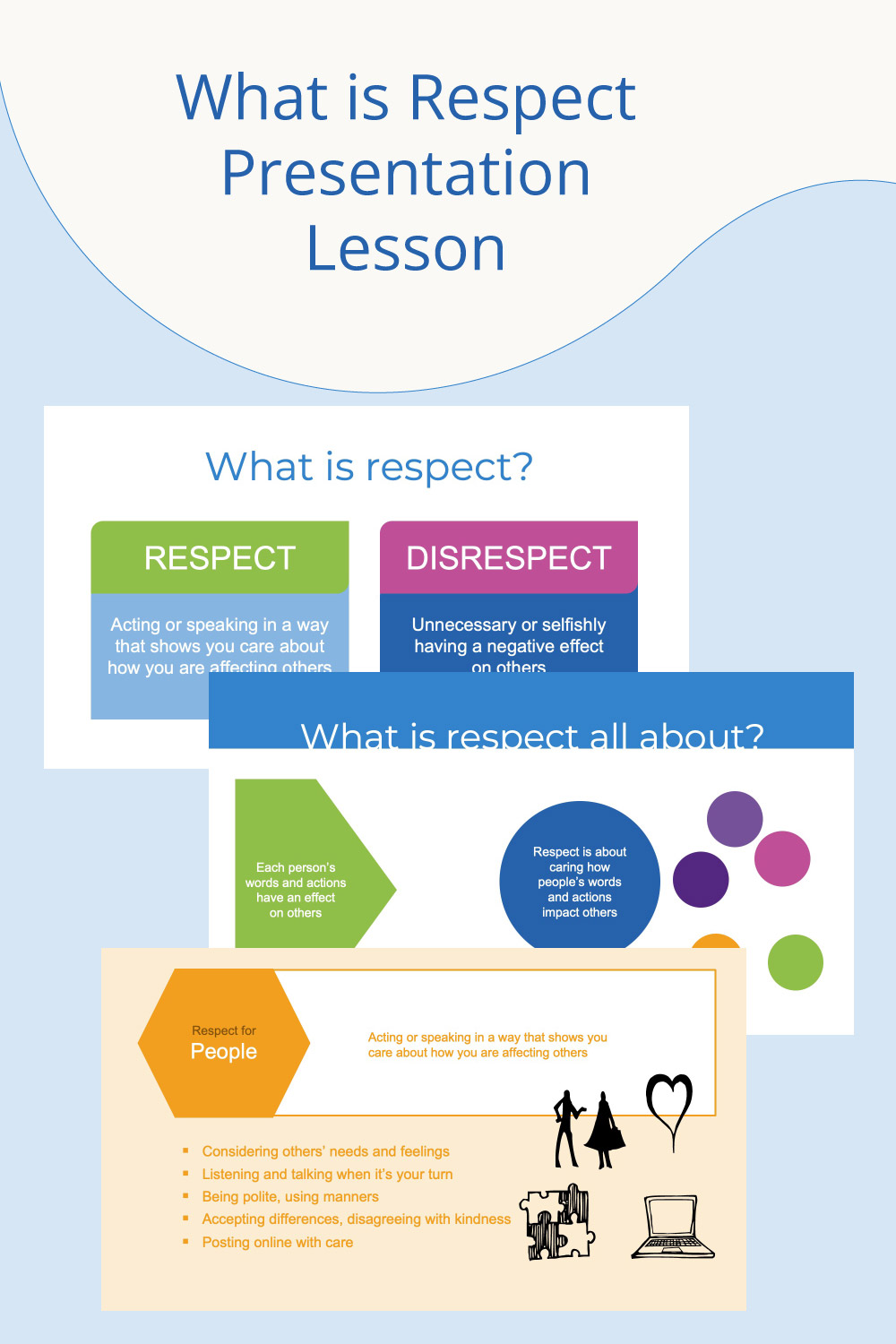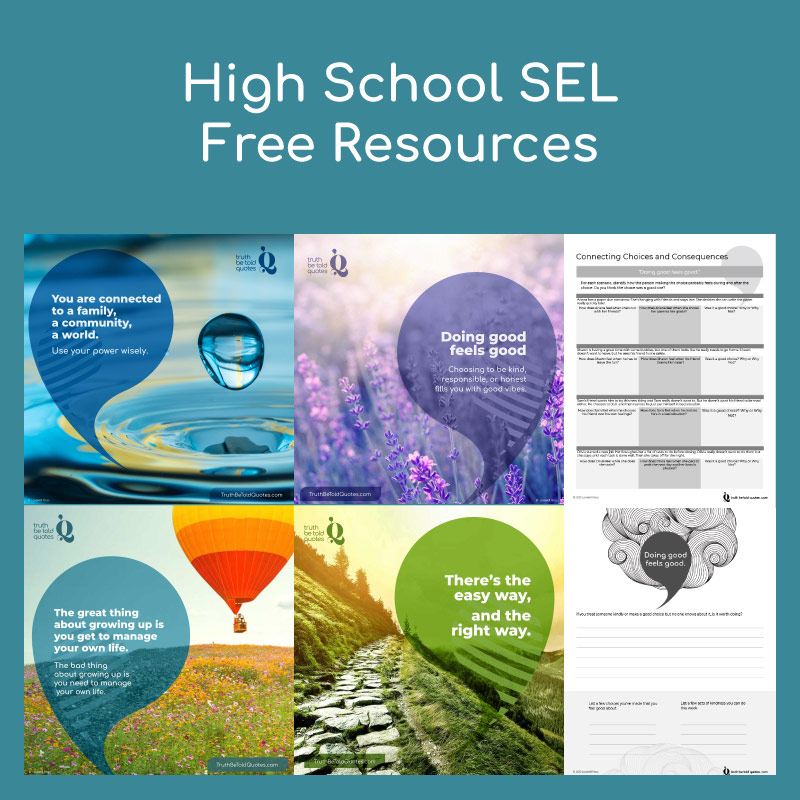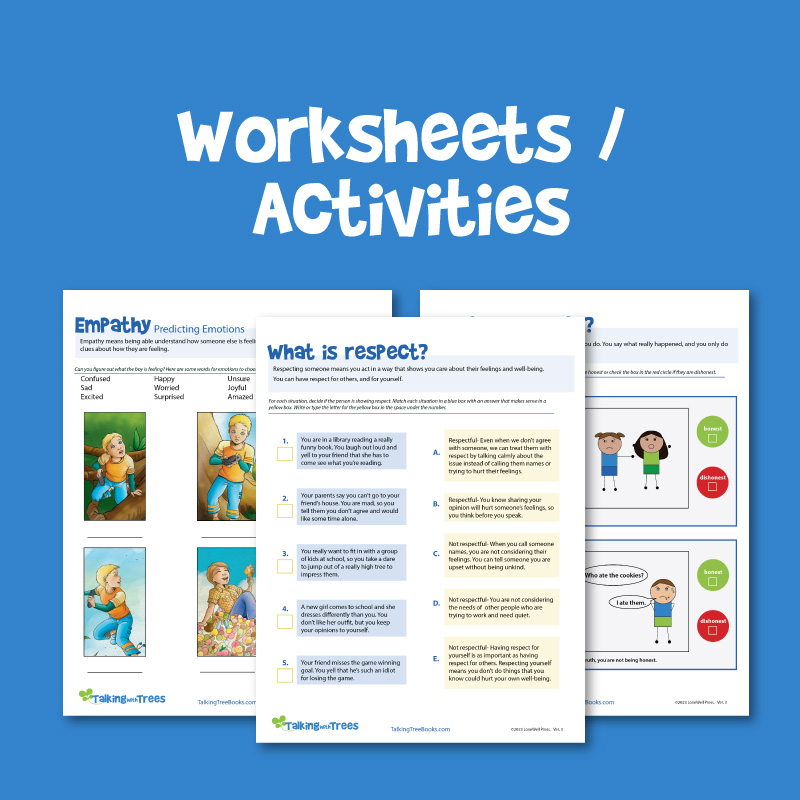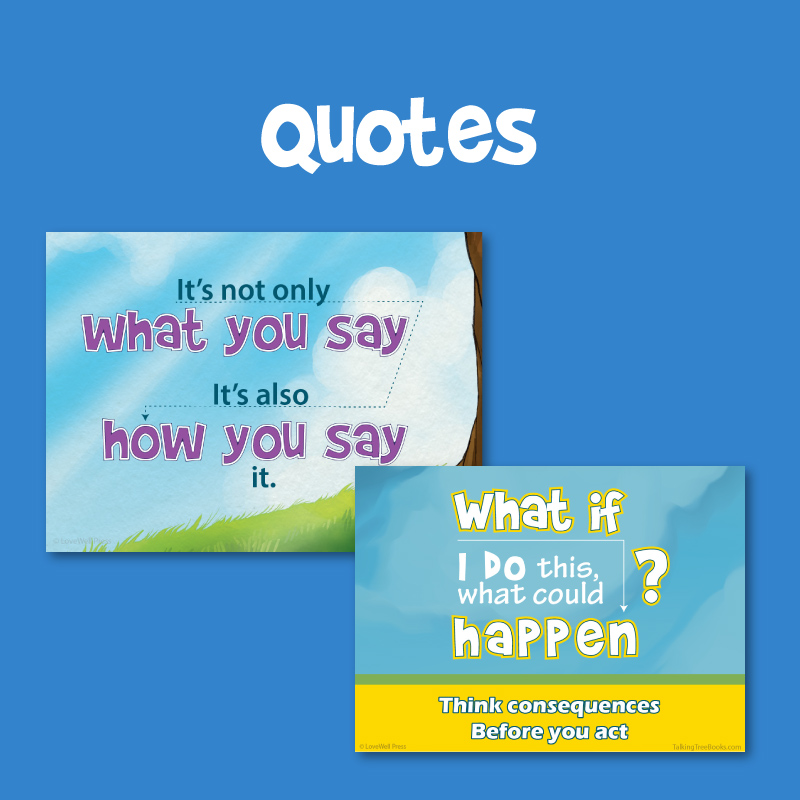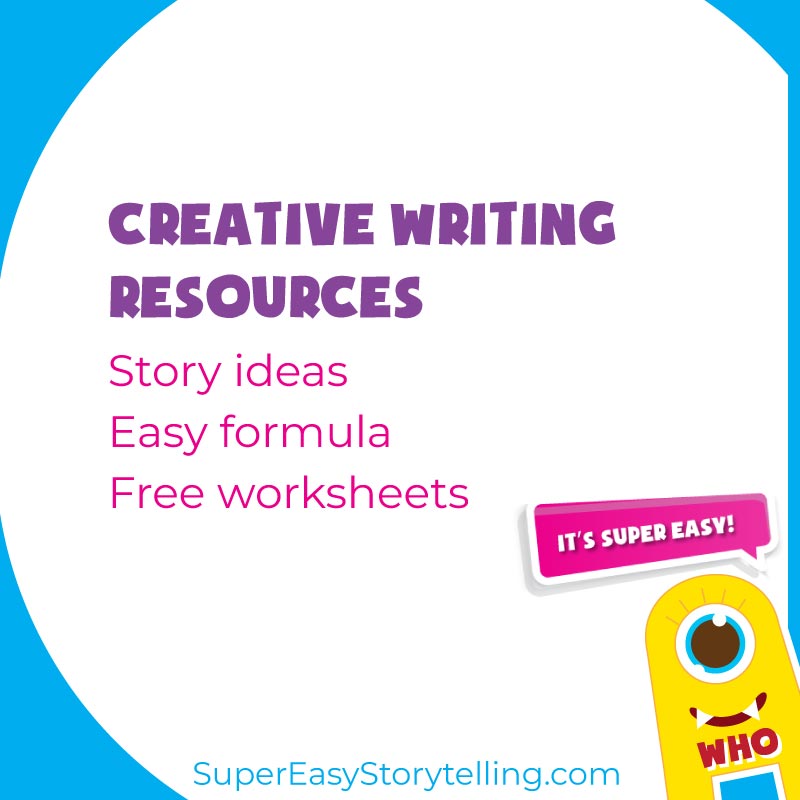Empathy Lesson Plan- for Presentation
SEL / Character Ed Lesson Plan for grades K-4
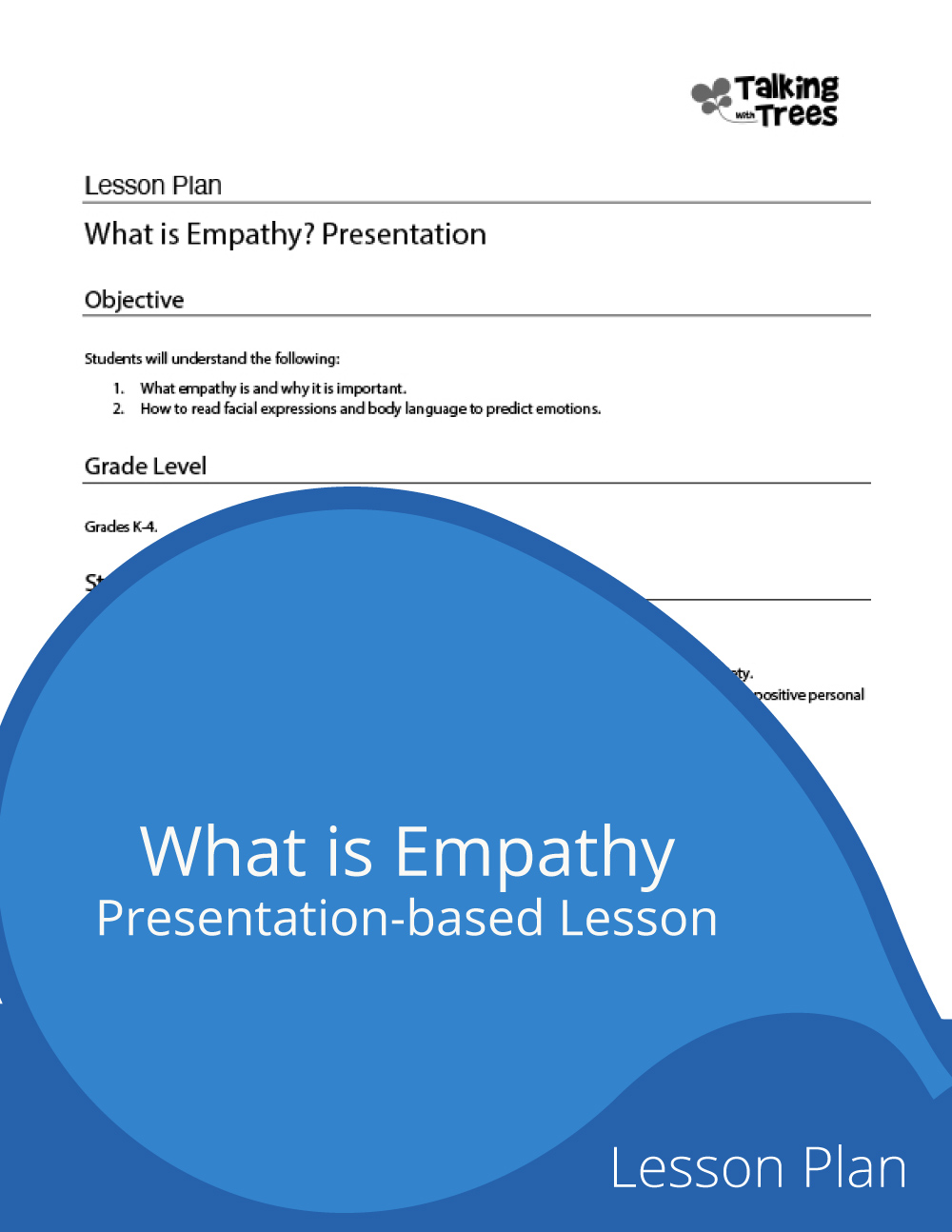
What is Empathy Presentation
Objective
Students will understand the following:
- What empathy is and why it is important
- Practice building empathy skills by reading facial expressions and body language to predict emotions
Grade Level
K - 4
Character / SEL Topics
- Social Skills, Self Awareness
- Positive relationships
- Traits: Empathy
Download Resources
Our PDFs, Powerpoints, and Google slides are free to print or share for non-commercial use, meaning you are welcome to link to our website for educational purposes, add PDFs, PPTs, Google Slides to your Google classroom or print for in-class use.
Vocabulary
Empathy- The ability to understand how someone else is feeling. Empathy has two parts:
- Shared emotion – when you feel an emotion with someone else, even though you aren’t in the same situation
- Understanding other perspectives- understanding how someone else might see a situation (their perspective) even if you think differently about it. We call this being able to “put yourself in someone else’s shoes.”
See the What is Empathy? page for a full definition and examples in terms kids will understand.
Procedures
What is Empathy?
Empathy is when you can understand how someone else is feeling even if you aren’t in the same situation with them. Empathy skills help you predict what others may be feeling based on facial expressions, body language, or what you know about how other people might feel in the same situation.
Empathy is also about seeing someone else’s perspective, or their side of the story. Sometimes we call this “Putting yourself in someone else’s shoes.”
Empathy can be when you feel excited with someone because something good is happening in their life. You can feel sad with someone when something difficult happens. Maybe you feel nervous with them about an upcoming game or performance. These are all ways you feel something along with someone feels, even though the event isn’t happening to you personally.
Why empathy is important
Empathy is important for healthy relationships- Anticipating or understanding how someone else is feeling helps us know how to support them or how to act with them. For instance, if someone is having a bad day, and you feel empathy, you might be extra patient with them. If someone is sad about something, having empathy clues you in to offering some care and support.
Empathy helps us know how our actions impact other people- Everything we do can have an effect on others. If we have empathy, we predict how our actions might make other people happy, sad, angry, etc. It helps us think about what we want to do and decide if it’s a good idea.
Empathy helps us understand different opinions- People are different and they see things differently. One person may thing something is no big deal while another thinks it’s really awful. Maybe a friend teases you in a playful way, but to you it’s really hurtful. Maybe your sister is really sad that her goldfish died but your brother thinks it’s just a goldfish and it’s no big deal. Having empathy helps each of us understand how others may feel in a situation and guides us to interact in a way that is kind, even when we may see things differently.
How do you build empathy
Empathy has two parts: feeling someone’s emotions and understanding their perspective.
Feeling someone’s emotions- Having empathy means you can figure out how other people might feel in a situation. One way to build empathy skills is by practicing identifying emotions in other people. What do their faces and bodies tell you about a situation? If you’ve ever watched TV with the sound off and still knew how people were feeling, that’s empathy!
What clues can you look for? Facial expressions such as raised eyebrows, frown or smile, eyes wide or squinty. Body positions like crossed arms, droopy shoulders, pointing arms/fingers.
Practice Empathy Skills
Putting yourself in someone else’s shoes- In each slide that follows, discuss what may be happening based on the characters’ body positions and facial expressions. How might the character with the arrow be feeling? What else might be happening in this scene?
Expand the Lesson
Complete one of the empathy worksheets
- Predicting Emotions Worksheet – The same images as in the presentation with prompts for students to identify emotions
- Put Yourself in Someone’s Shoes Worksheet- A worksheet with spaces to indicate how different people feel in the same situation.
- Showing Empathy Worksheet- Student describe or draw a time when they felt empathy.

